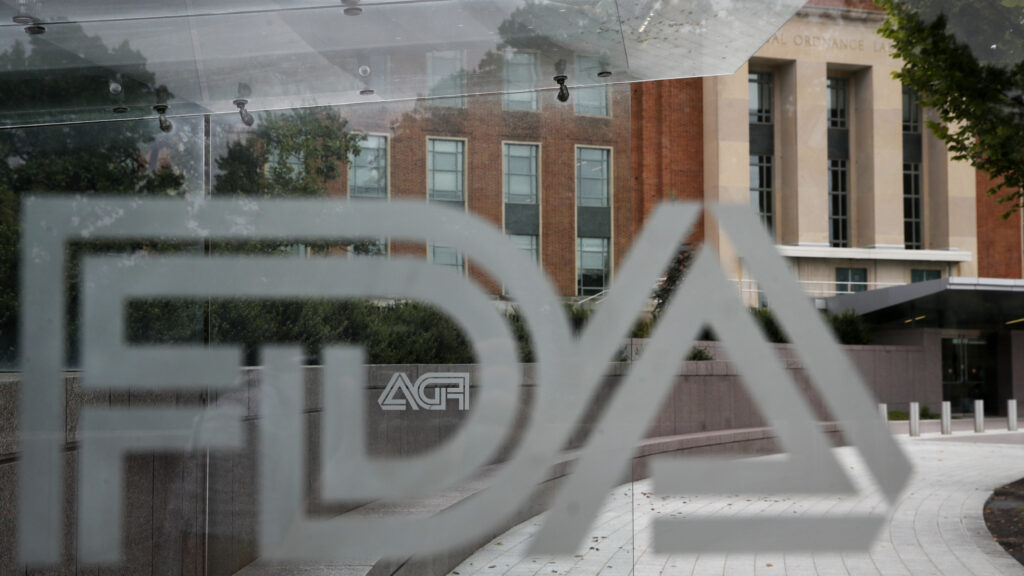AI at the Crossroads: FDA Slashes Budget While Trump Doubles Down on Tech Potential

The Food and Drug Administration (FDA) has experienced significant workforce reductions, with artificial intelligence and digital health departments bearing the brunt of recent layoffs. Adding to the agency's challenges, its relationship with Elon Musk's neurotechnology company Neuralink has become increasingly strained, highlighting the complex dynamics between regulatory bodies and innovative tech enterprises.
The downsizing of AI and digital health staff suggests potential disruptions in the FDA's ability to effectively evaluate and regulate emerging technologies. Meanwhile, the tension with Neuralink underscores the delicate balance between groundbreaking medical innovation and stringent regulatory oversight.
